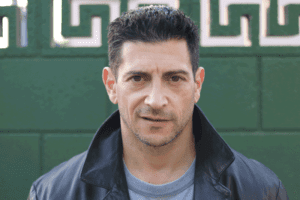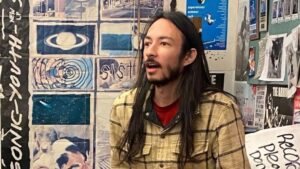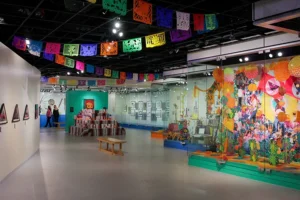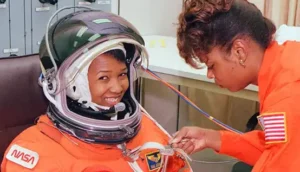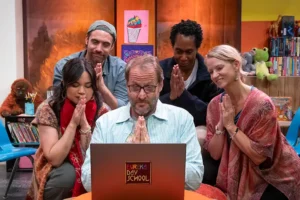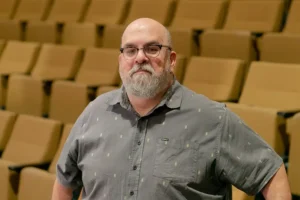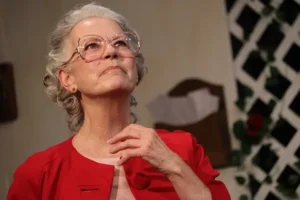When Mae Jemison was a little girl, she never saw anyone on screen who looked like her flying into space. Then came Star Trek — and with it, Lieutenant Uhura, the first Black woman on the bridge of a starship.
Sitting on the living room floor, young Mae thought, “That’s who I want to be.”
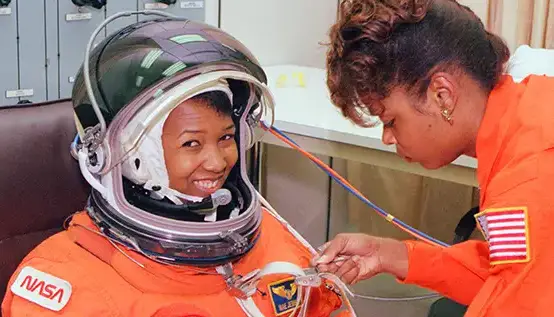
Decades later, she really did make it to space. But not as a character in a show — as a NASA astronaut aboard a real shuttle.
Mae Jemison became the first Black woman to travel into space. She’s a doctor, engineer, educator, and dreamer. And today, long after leaving NASA, she’s still on a mission — only now her goal is to inspire others to reach for their own stars.
The Girl Who Looked Up
Mae was born in 1956 in Decatur, Alabama, and grew up in Chicago. Her parents always encouraged her curiosity.
Her father was a maintenance worker, her mother a schoolteacher. They didn’t have the money to send her to space camps, but they gave her something far more valuable — absolute faith in her abilities.
Mae loved science books, sketched planets, and designed her own imaginary spacecraft. When she told teachers she wanted to be a scientist and go to space, they smiled politely. But she didn’t argue. She just studied harder than anyone else.
From Stanford to Africa
At sixteen, Mae entered Stanford University — one of the few African American women studying engineering there.
She majored in chemical engineering, danced in a student troupe, and already knew: “I need to be where there aren’t many women or people of color — so there can be more of us later.”
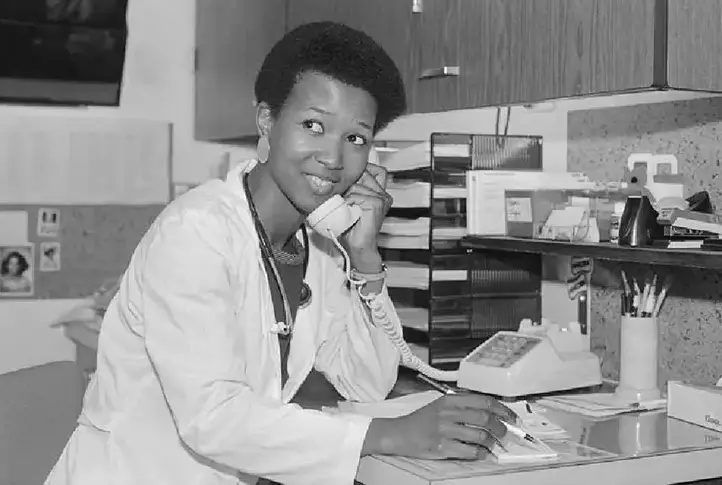
After Stanford came Cornell Medical School. Mae became a doctor, working in West Africa on humanitarian missions, helping children in Sierra Leone and Liberia. Most thought she’d dedicate her life to medicine. But Mae felt her path wasn’t finished yet.
When the Dream Calls
In 1987, inspired by astronaut Sally Ride — the first American woman in space — Mae applied to NASA.
That same year, she was chosen as one of just fifteen candidates from over two thousand applicants.
Five years later, in September 1992, Mae Jemison blasted into orbit aboard the Endeavour shuttle.
She spent nearly eight days in space, conducting experiments in physiology, cell biology, and the effects of microgravity on the human body.
She later recalled:
“When I looked at Earth from the window, I didn’t think about countries, borders, or skin color. I saw home. One shared home for all of us.”
After the Stars
Leaving NASA didn’t mean stepping out of the spotlight. Mae decided to use her experience to change education.
She founded The Jemison Group and later launched The Earth We Share (TEWS) — a hands-on program that helps students solve real scientific and environmental problems.
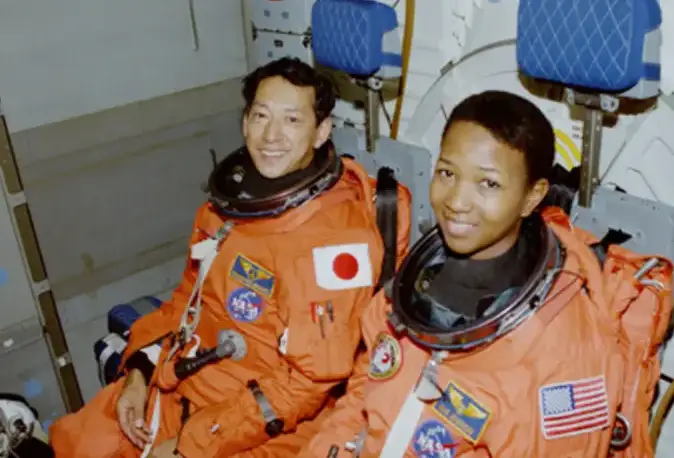
Her mission now is to bring more girls into STEAM — science, technology, engineering, arts, and math.
She believes that when children are encouraged to dream, they develop the courage to act.
“You can’t dream about what you can’t see. That’s why kids need to see women scientists, engineers, astronauts — people who look like them,” she says.
Why Her Story Matters Now
America is once again obsessed with space. NASA is preparing to return to the Moon, private companies are building rockets, and the word astronaut has regained its magic.
But amid the hype, it’s easy to forget that space exploration isn’t just about technology — it’s about imagination.
Mae Jemison reminds us that the dream of the stars begins not in a lab, but in childhood — in that moment when a child looks up at the night sky and asks, “What’s out there?”
Girls and the Future
In California, Mae is especially popular as a speaker and mentor. She often visits schools and universities across the state, supporting STEAM initiatives.
Many women-led tech startups in San Jose and San Diego cite her as inspiration, embracing her belief that science should be open to everyone — regardless of gender, race, or background.
Mae often says:
“If we want a future where people live on other planets, we must first learn to live together on this one.”
What It Really Means to “Reach the Stars”
For Jemison, the stars aren’t a destination — they’re a symbol of human potential.
She believes that every girl who dares to dream is already taking her first step into space.
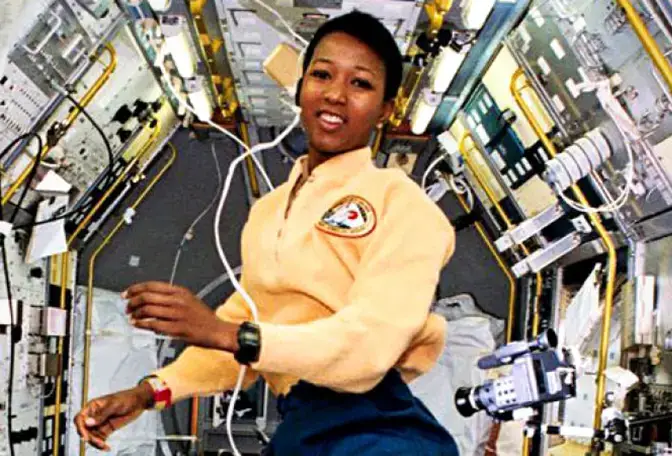
Mae continues to teach, consult for NASA, and participate in international scientific initiatives.
She writes books, speaks at TED conferences, and in every talk, she reminds audiences that dreams aren’t luxuries — they’re engines of evolution.
The Woman Who Opened the Way
When asked how she defines herself — scientist, astronaut, doctor, or teacher — Mae smiles and says:
“I’m someone who never stops learning.”
That, perhaps, is her greatest legacy:
The stars aren’t just in the sky — they live in everyone who believes they can change the world.






